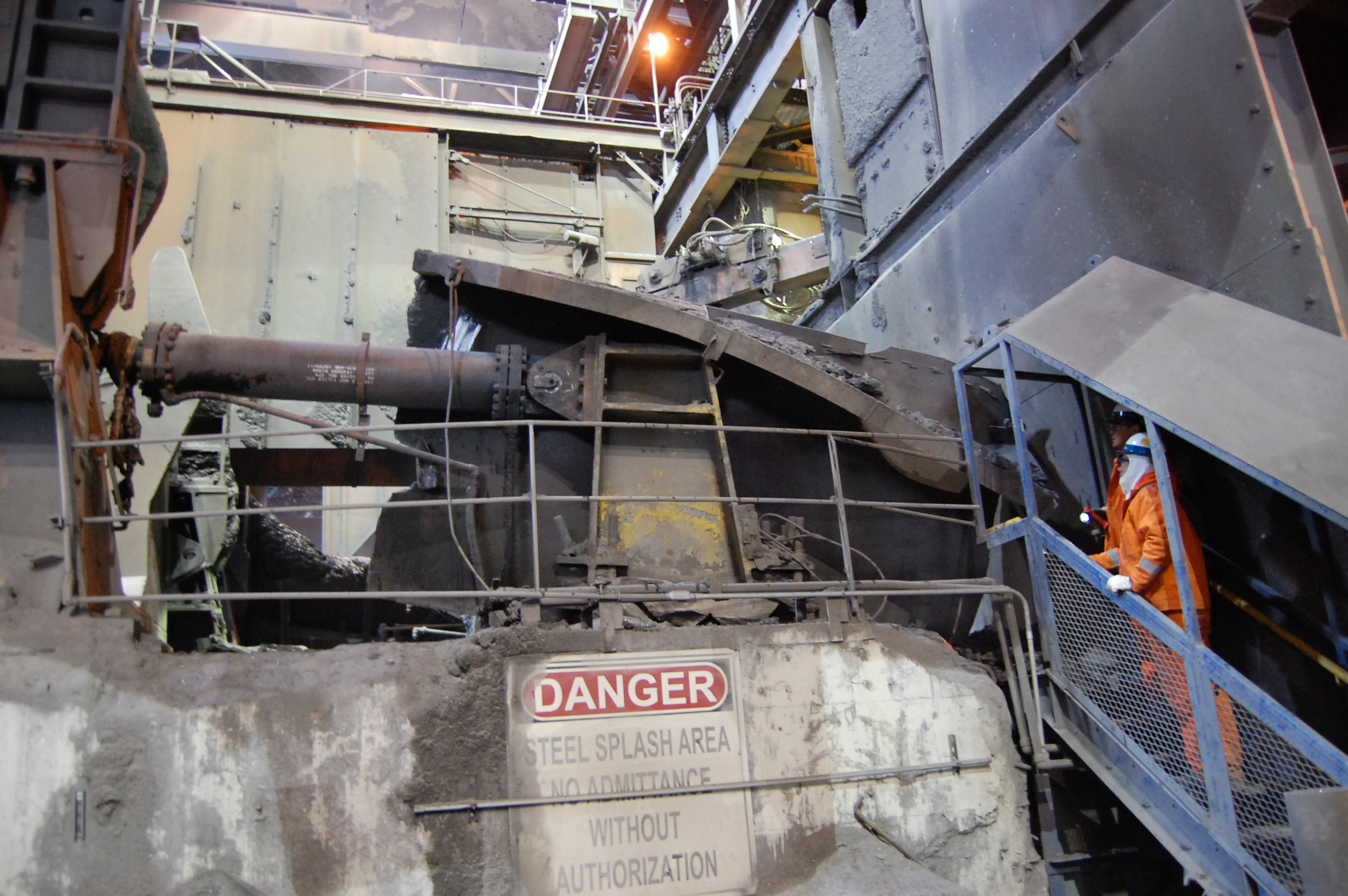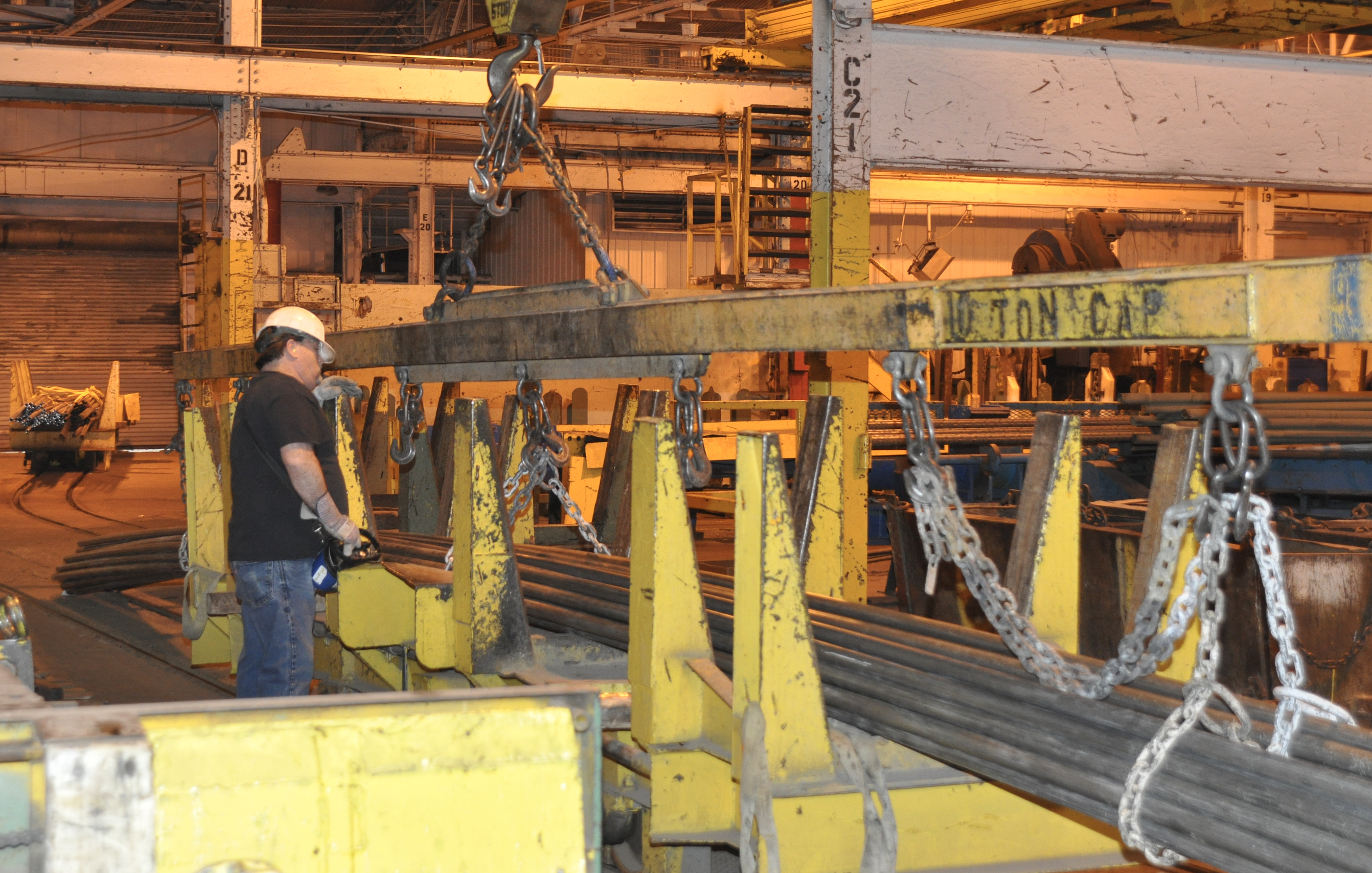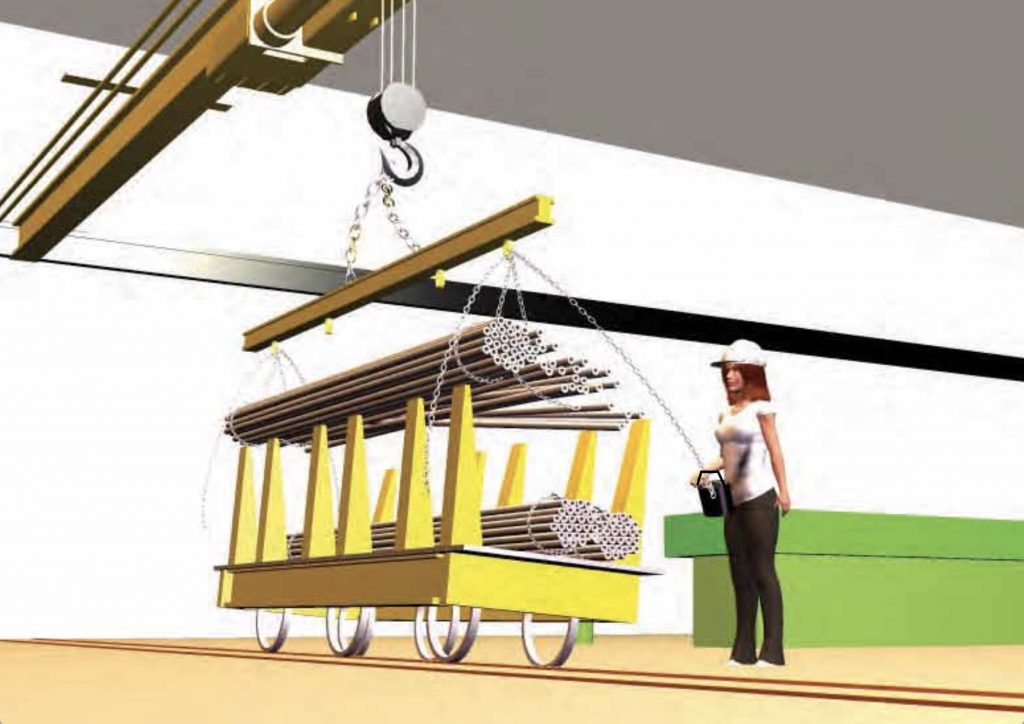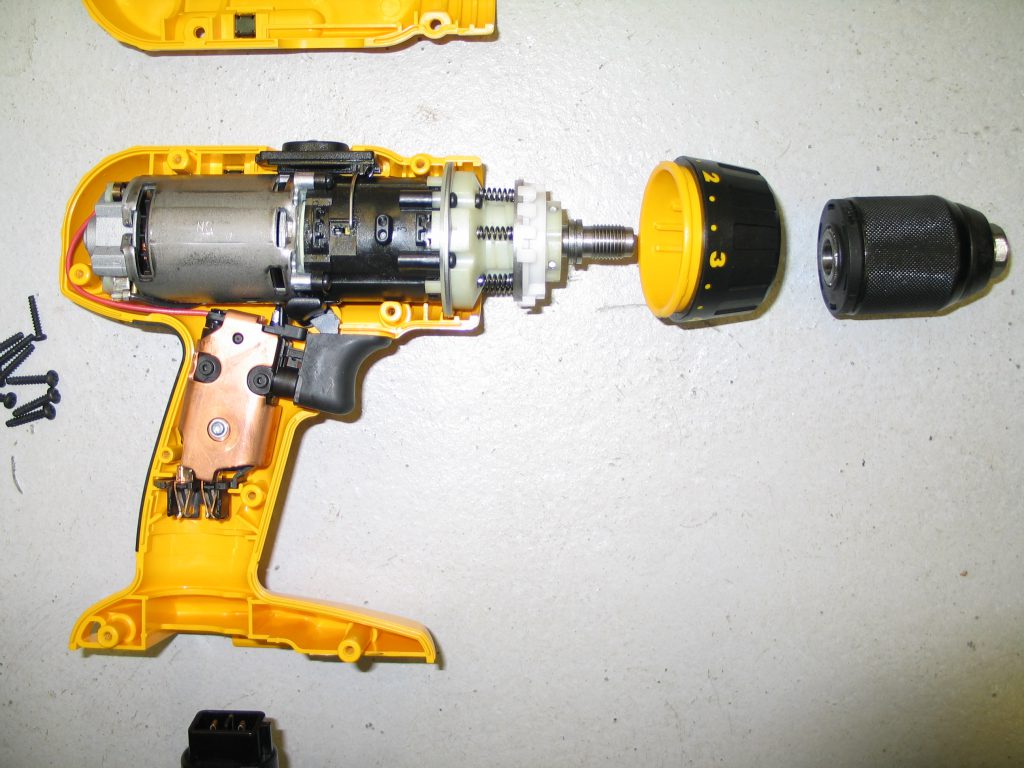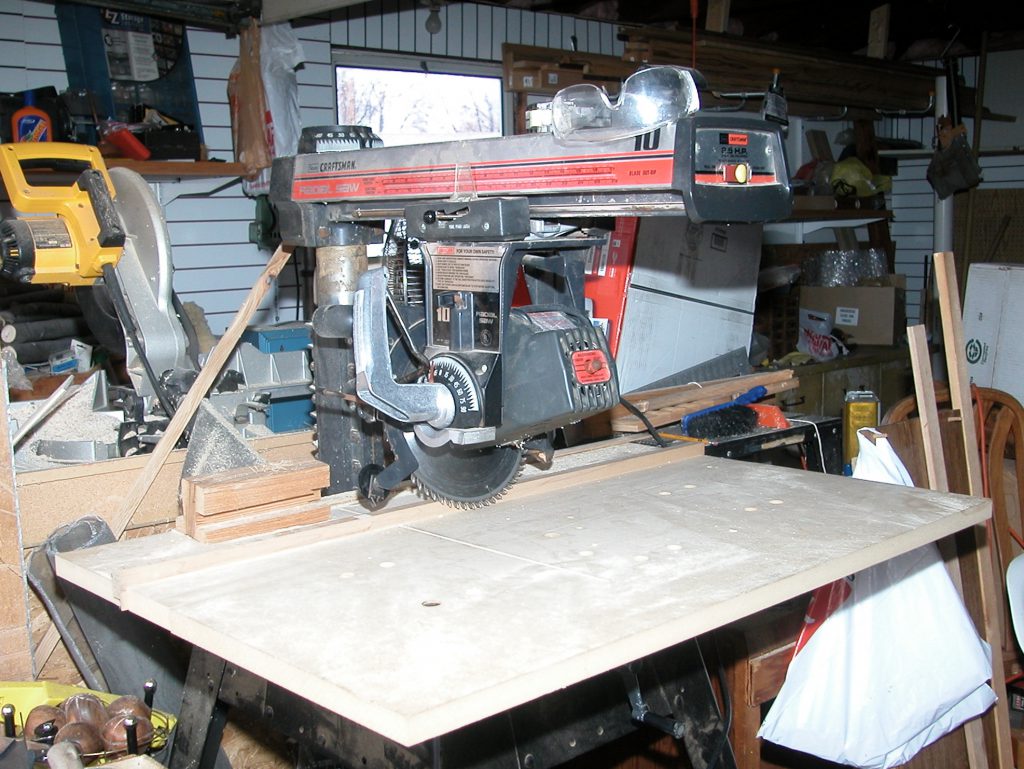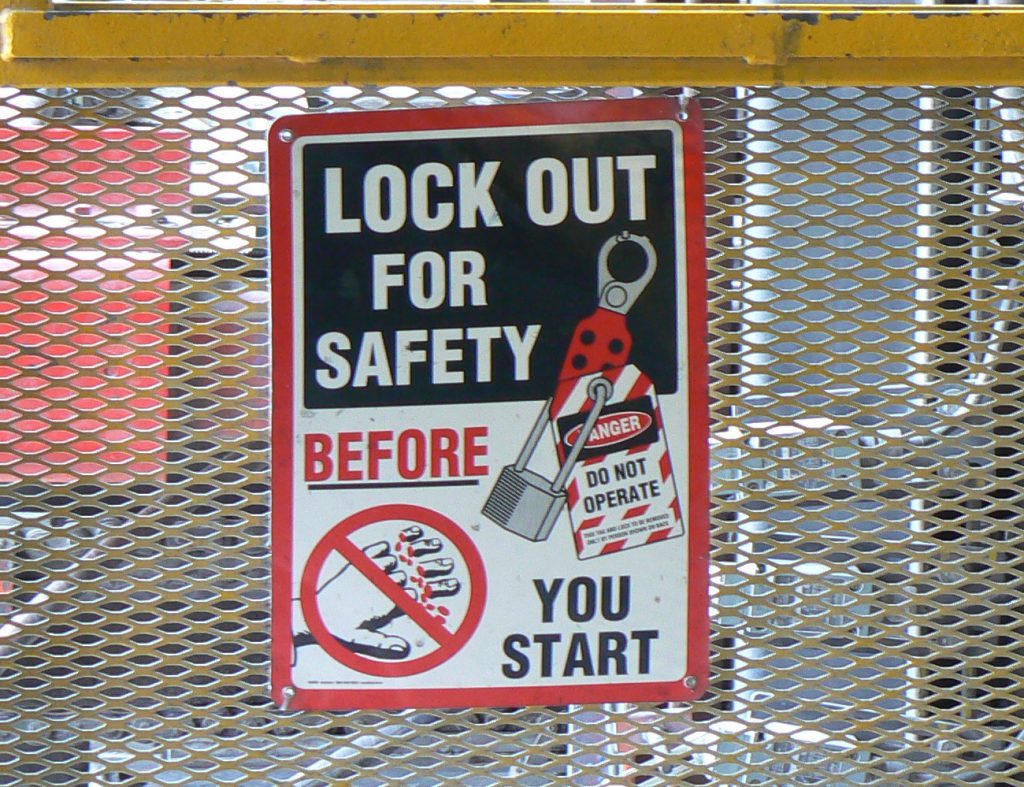As a result of Dr. Miller’s past experience working directly with OSHA, Miller Engineering offers an exclusive advantage when it comes to occupational safety. After 35+ years of evaluating and designing safety standards and procedures, our services reflect our unique experience in this landscape. We deliver company products, practices, and warnings that foster safer, healthier workplaces for all.
Miller Engineering’s expertise covers a broad array of workplace concerns, including:
- Accident Analysis, Reconstruction, and Forensics
- OSHA Compliance in the Workplace
- Forklifts and High-Lift Powered Industrial Trucks
- Machine Guarding & Entanglement Accidents
- Climbing Systems, Slips & Falls, Coefficient of Friction
- Workplace Chemical Exposures
- Standards Compliance: Consensual and Governmental (OSHA, ASTM, ANSI, ISO, EPA, etc)
- Metalworking, Woodworking and Plastic Molding Accidents
- Robots & Highly Automated Machinery
- Conveyors & Material Handling
- Power Tool Safety
- Laboratory Chemical Safety
- Production Line Accidents
- Job Safety Analysis (JSA)
- Risk Assessment and Management
- Cumulative Trauma Disorders (CTDs), also known as Repetitive Stress/Strain Injuries (RSIs), Repetitive Motion Disorders (RMDs), or Occupational Overuse Syndrome (OOS)
Unique Past Experience
Dr. Miller himself held a position with Federal OSHA in Washington and was responsible for all OSHA safety standards for a number of years. He revised both the General Industry and Construction Occupational Safety Standards (29 CFR Part 1910 and 29 CFR Part 1926). He also worked with the various State divisions to coordinate Federal and State occupational safety requirements. During his tenure in Washington, he also assisted in the development of the requirements for Material Safety Data Sheets (MSDS), now known as Safety Data Sheets (SDS) to concur with the Global Harmonization System (GHS) international requirements.
Workplace Safety Example Projects
Remote Guarding and Human Factors Investigation
While hoisting bundles of steel tubes, a woman was injured in an accident that involved a loose chain and a potentially faulty control box remote. Miller Engineering inspected the site, investigated the equipment, and performed a human factors and ergonomics assessment of the control box usage. We successfully determined that the remote’s guarding was adequate and did not play a role in the incident. Rather, the transfer cart tipped over from an improper control box action and/or a loose bundle opening up (pictured).
Cumulative Trauma Disorder (CTD) Investigation
To investigate whether a leading drill manufacturer was responsible for a Plaintiff’s elbow injuries, Miller Engineering conducted extensive research, evaluated relevant standards, and compared the literature to the warnings and instructions provided with the subject portable drill. We assessed torque, human factors, and the use of an auxiliary handle. No causal relationship between the lack of an auxiliary handle and the CTD injury was found. We determined that the provided warnings were adequate and were not responsible for the injuries; rather, the injuries resulted from lack of compliance with the instruction to operate the drill using both hands.
Projects Regarding Industrial Products
Miller Engineering regularly investigates workplace safety from the perspective of industrial products. The following list describes a few of the most common areas that our consultation services are frequently applied to.
- Industrial product design safety hazards
- Industrial accidents due to power tools
- Injuries incurred through cumulative usage of industrial tools
- Industrial chemical exposure due to storage products and/or use of personal protective equipment (PPE)
Projects Regarding Company Practices
Miller Engineering also routinely investigates workplace safety from the perspective of industrial practices. The following list describes a few of the most common areas that our consultation services are frequently applied to.
- Safety practices and procedures
- Industrial accidents due to training, installation, and/or maintenance procedures
- Industrial chemical exposure due to confined space entry and/or use of personal protective equipment (PPE)
- Workplace violence
